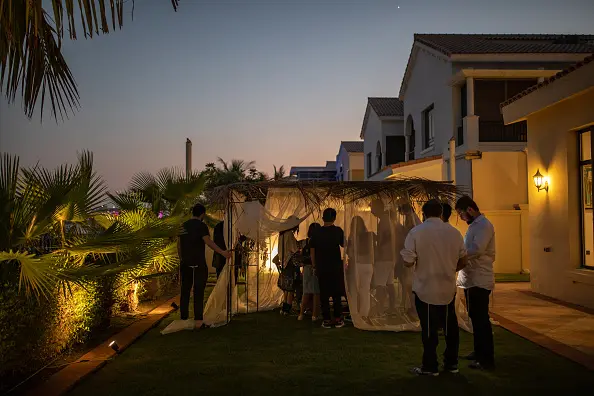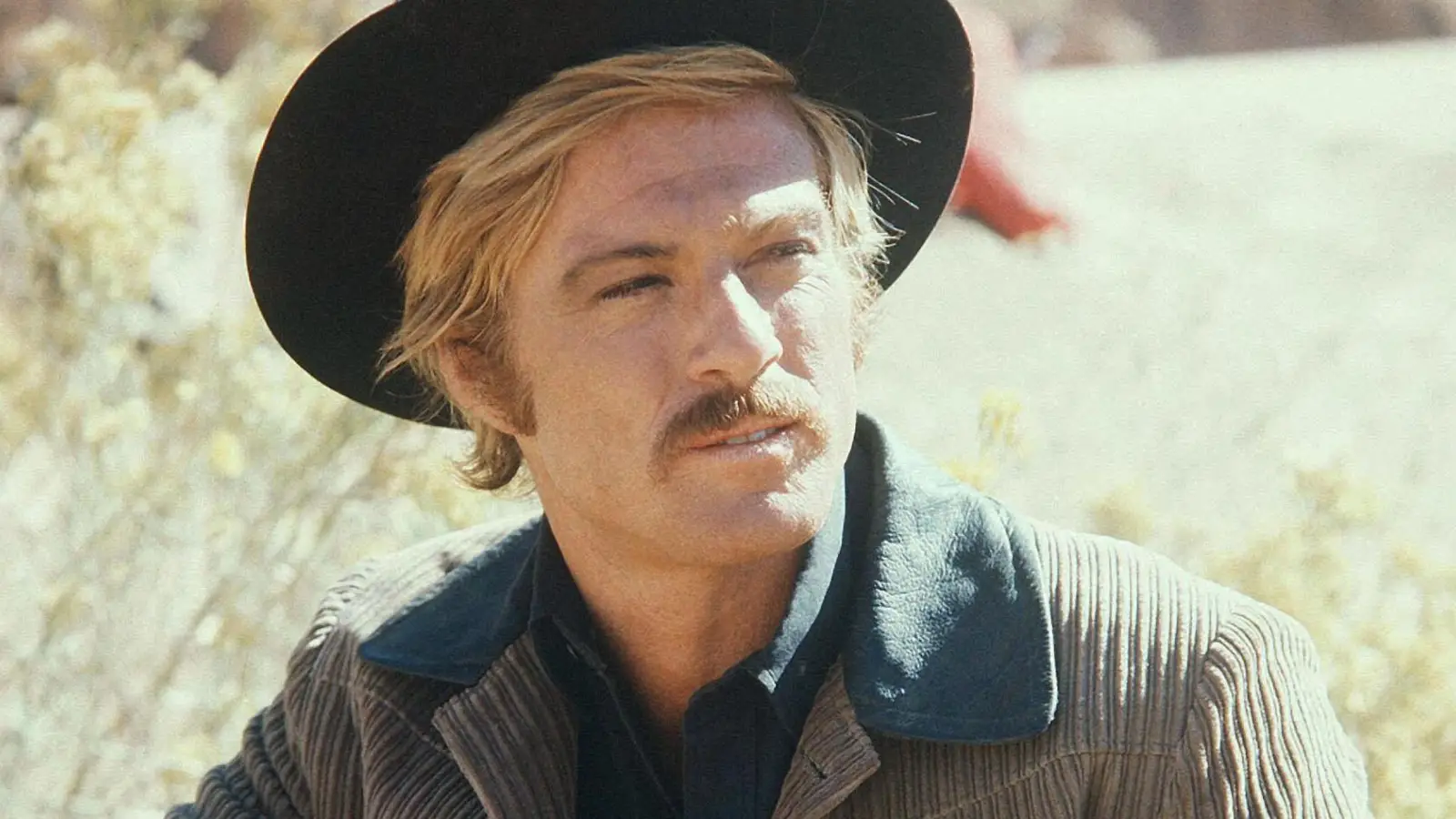By Daniel Greenberg
Copyright thejc

Whose side are you on? Are you on the right side of history (that is to say, my side) or are you on the wrong side of history (that is to say, anybody else’s)? These are the questions that we are being asked all the time, explicitly or implicitly, and about every possible issue that arises in the world today. Indeed, the algorithms that drive social media selection and online advertising have already decided what side you are on, by reference to your profile and your browsing and activity history: and they feed you stories and contacts that take “your side” and reinforce it beyond all hope of nuance. Simplicity is the breath of life for extremism of all kinds: political, religious and social. Hatred requires simplicity in order to flourish, and today’s increasingly binary world feeds each person the brand of monochrome simplicity to which they appear to be susceptible. The festival of Succot is a regenerative experience each year when Judaism pushes back against divisive simplicity and enacts rituals that insist upon the fundamental importance of universalist complexity. The seventy sacrifices of the Succot Temple service (Numbers 29:12-34) represent the “seventy nations”, a paradigm concept in Jewish thought that celebrates human diversity and complexity. As Rashi explains (Deuteronomy 1:5), when Moses explained the Torah to the Jewish people he spoke in seventy languages. This chimes with the rabbinic aphorism that there are “seventy faces to the Torah” (Midrash Rabbah Numbers 13:15-16), a statement emphasising that the Torah, designed to instil ethical imperatives throughout the whole world, must acknowledge and embrace diversity and complexity in the human condition and culture, and accommodate it in the way that the Jewish narrative interacts with the world. Outside the Temple service and up to the present day, the central image of Succot is the simple outside booth into which we move for the seven days of the festival. One of the images this is said to commemorate is the tent of Abraham which according to rabbinic tradition had entrances on all four sides. This has traditionally been seen to be redolent of an open hospitality: but in today’s generation it comes to mean much more than that. The succah is a symbolic and actual gathering place where we welcome friends, strangers and everyone who wants to be there: irrespective of the direction from which they come, symbolically or physically. Everyone is welcomed into a harmonious environment that can handle nuance, complexity and sensitivity, and celebrates diversity of background and opinion. The Jewish word for cruel is achzar. The rabbi who taught me most about Jewish sensitivity and fundamental ethical imperatives, Rabbi Dovid Cooper, remarked that this word is composed of two separate words: ach meaning “only” or “just” and zar, meaning a stranger. In this teaching he unknowingly anticipated a modern linguistic development, the transition of the word “other” into a verb: I cannot be cruel to somebody unless I have first managed to “other” them, to exclude them from decency and humanity by internalising an extreme image that destroys any possibility of subtlety or complexity. In order to stand in front of a human being and yell obscenities and incitement into their face, as so many people are doing in support of so many “causes” today, you first have to succeed in reducing them to “other” and relegating them to some kind of sub-human strangeness. The open tent of Succot draws us all together in a celebration of a shared human simplicity in our relationship with God, symbolised by the partial ceiling acknowledging our reliance on Divine protection, and creating a welcoming and inclusive environment for all humanity. The end of the festival of Succot is crowned by an additional festival of Shemini Atzeret. It has no specific symbolism and no associated rituals. Rashi (Numbers 29:35) cites a midrash explaining it as being designed simply to prolong the festival experience of the past few weeks, as if God was saying to his children, “It is hard for me when you depart”. This saying has always troubled me, as since when is anybody parting from God? Do we not teach children from cheder onwards that nobody is ever “away” from God in any sense at all? Drawing on my experience as a parent, I see this midrash as referring not to God’s pain when we part from Him, but to his sadness when we part from each other. There is nothing more precious to a parent than simply seeing your children sitting together and embracing their differences and similarities in a spirit of family love and affection. The symbolism of Shemini Atzeret is God saying to the Jewish people that we give him the most pleasure when we embrace universalism and the love of humanity, founded on basic Jewish values at their most inclusive and active level; when we remember every one of the symbolic seventy nations in our prayers; and when we welcome the entire complexity of human opinion and condition into our Succot tabernacle. The world is tearing itself apart through hatred founded on the binary simplicity of certainty: through Succot we build the foundations for restoring the world through love founded on nuance, complexity and diversity. Daniel Greenberg is co-founder of the new Jewish Ethics Project www.jewishethicsproject.org Image: Symbol of openness to the world: a succah pictured during the Succot celebrations in Dubai four years ago (Getty Images)



